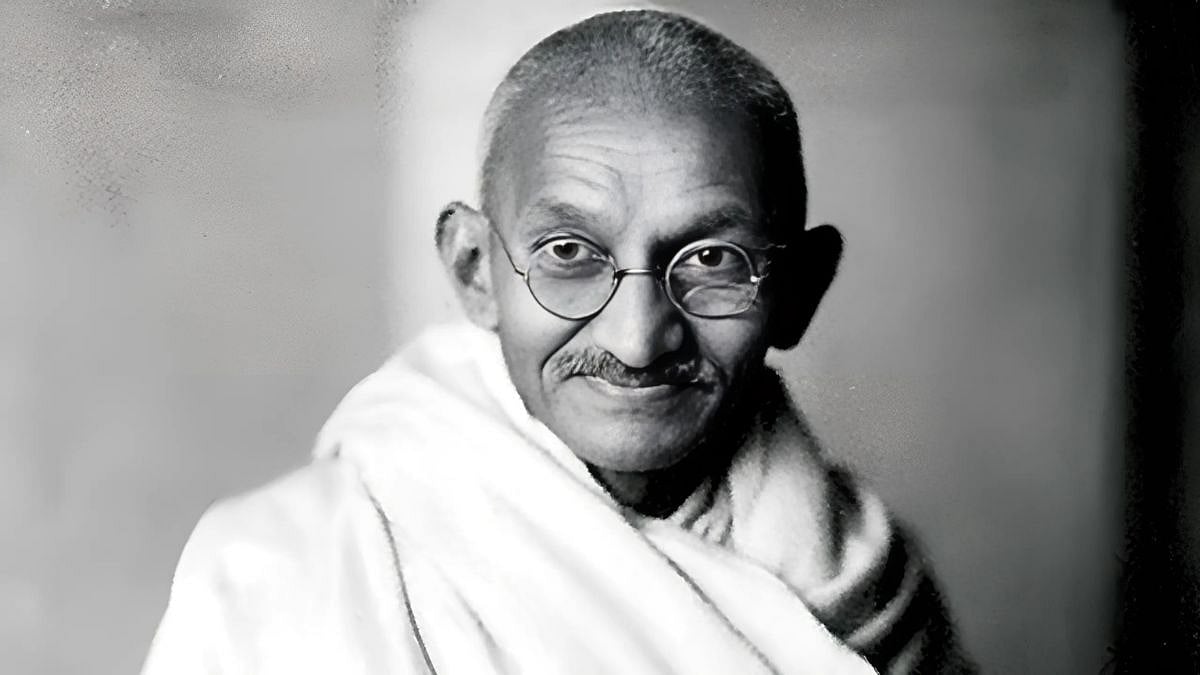At this year’s Cannes Film Festival, the Auschwitz-Birkenau Memorial and Museum announced the launch of a new digital replica of the concentration camp designed specifically for filmmakers. Titled *Picture from Auschwitz*, this virtual film location aims to facilitate a range of productions set on the grounds, where current preservation regulations restrict filming to documentaries only.
—
**Background: Auschwitz and Its Historical Significance**
Established in the town of Oświęcim in German-occupied Poland, Auschwitz consisted of three main camps where over 1.1 million European Jews were murdered: the Auschwitz I concentration camp, the Auschwitz II (Birkenau) killing centre, and the Auschwitz III (Monowitz) labour camp. The museum hopes that this new technology will support telling the true story of the camp without compromising the memorial’s historical integrity.
—
**Digital Preservation and Ethical Oversight**
The museum plans to digitally preserve the Holocaust site, which receives over two million visitors annually, and will submit scripts for all new feature film projects involving the replica to a team of historians for review. A glimpse of the digitized location reveals a virtual model of Auschwitz I, providing a clear snapshot of the camp’s barracks, grounds, and infamous wrought iron gates.
The two-minute trailer for *Picture from Auschwitz* claims the certified 1:1 digital representation is the biggest and most detailed documentation of the camp to date. Eventually, the project will include the interior as well as the exterior environments of both Auschwitz I and II.
—
**Holocaust Memory in the Digital Age**
The project’s use of digital technology to safeguard Holocaust memories reflects a global shift toward digitizing the Holocaust as the survivor generation passes on and heritage sites deteriorate, a process accelerated by extreme weathering linked to the climate crisis. As the Holocaust recedes from living memory, cultural institutions increasingly rely on digital tools to remember the past.
While some have used virtual reality (VR) to digitally reconstruct and maintain key Holocaust sites, others have turned to artificial intelligence (AI) to generate interactive survivor holograms. These technologies have become popular educational tools for use in classrooms, museums, and memorial sites worldwide.
—
**Ethical Implications of Digital Memory Projects**
Digital memory projects make Holocaust sites globally accessible and help protect their legacy. However, these same technologies risk distorting the historical record. In the UK, public debates on the ethics of digital Holocaust technologies — including AI and VR — have involved high-profile politicians and scholars alike.
International bodies such as UNESCO and the World Jewish Congress have reported concerns that generative AI, in particular, may fuel Holocaust distortion. *Picture from Auschwitz* aims to address these issues by enabling ethical storytelling.
Wojciech Soczewica, director of the Auschwitz-Birkenau Foundation, described the project on the Memorial’s website as a “powerful example of how culture and technology can unite to protect our shared human history from distortion and denial.” He added that the replica will preserve the relevance of Auschwitz’s history, ensuring it “won’t fade with time.”
—
**Challenges and Limitations**
While the virtual site encourages historically rooted depictions of the camp, it cannot guarantee ethical engagement with the Holocaust. In fact, the project raises further questions regarding how the digitization of such a profound event aligns with ethical modes of remembrance and representation.
A wholly authentic depiction of any Holocaust site or experience is something that digital and filmic interventions can only approximate. Even if perfect authenticity were possible, ethical portrayals of the Holocaust depend not only on accurate representation of sites but also on the kinds of stories being told and formal stylistic choices.
Film researcher Archie Wolfman highlights that filmmakers’ decisions about camera movements, angles, lighting, and editing carry ethical weight as much as the subject matter itself.
—
**Broader Reflections on Holocaust Representation**
The implication that Auschwitz must be digitized to protect its legacy suggests that existing materials — including the camp’s extant remains, personal belongings of victims, and survivor testimonies — are no longer sufficient. It also problematically implies that Holocaust history must continually adapt to digital culture to remain relevant.
Moreover, the digitization of Auschwitz emphasizes certain Holocaust sites and stories over others, such as the rural landscapes across Central and Eastern Europe where no human structures or visible traces remain. Even within the Auschwitz complex, *Picture from Auschwitz* offers only a selective representation, excluding Auschwitz III, its network of sub-camps, and the surrounding environment.
The planned script review process further shows the Memorial’s role in overseeing cultural narratives of the event. This implies that only artistic representations favoring realism hold value, sidelining stylized Holocaust films like *Jojo Rabbit* (2019), *The Cremator* (1969), and *Distant Journey* (1949), the latter of which was actually shot on location in Terezín, Czech Republic.
These examples demonstrate that Holocaust films need not have a direct physical connection to real sites to meaningfully represent the event.
—
**Conclusion: Navigating Digital Ethics and Holocaust Memory**
Ultimately, the *Picture from Auschwitz* project highlights a tension between growing public demand for cultural Holocaust productions and the difficulty in cultivating ethical representations of the event.
Navigating the ethical dimensions of Holocaust narratives has always presented challenges, but these have become more complex with the evolution of digital innovations that are difficult to regulate or police.
*Picture from Auschwitz* reveals the extent to which digital technology is transforming how knowledge about the Holocaust is understood and disseminated — not always for the better. As this new chapter unfolds, ongoing critical reflection is essential to ensure respectful remembrance and accurate representation of one of history’s darkest periods.
https://flaglerlive.com/the-problem-with-auschwitz-birkenaus-new-digital-camp-replica/
